Part 1 : Tower of Publication
< Chapter 3 > Nonfiction
Natural science
In the category of Japanese children's nonfiction books translated abroad, the percentage of natural science books is relatively high. Various book series on natural science have been translated around the world, including “Kagaku no arubamu,” which was highly acclaimed in the United States and won the New York Academy of Sciences Award in 1983.
Translated versions do not mean mere replacement of the Japanese language by a foreign language. In “Kani no kurashi“ of the “Kagaku no arubamu” series, the text and opening directions are changed depending on the language. In the United States (No.71) and South Korean (No.72) versions, the photo on the front cover was replaced with that on the back cover. In some translated versions, different explanations of the original book may be made.
“Ari no ichinichi” of the “Color shizen” series has been translated in seven countries, but there is no translation of “Yamato shijimi” of the same series. Even in the same book series, subjects are sorted out depending on countries where its translated version is released.
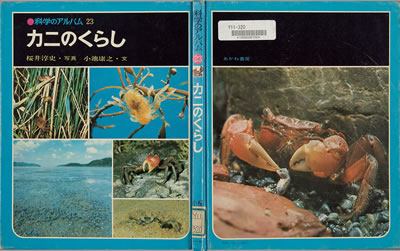
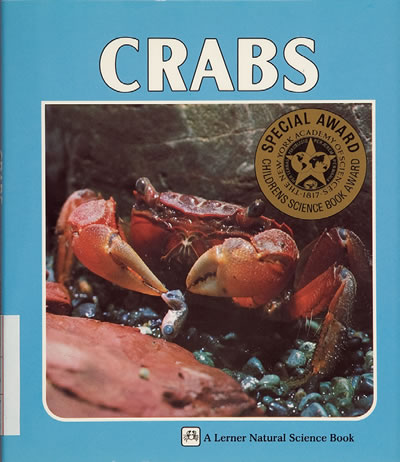


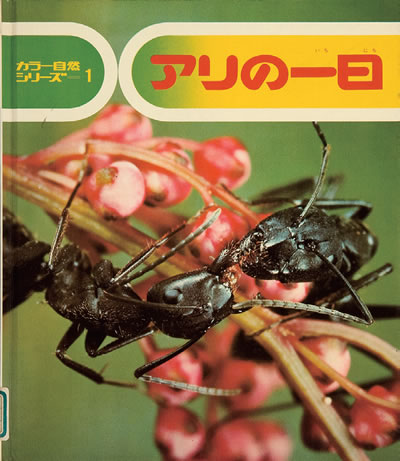



“Kasabuta-kun,” a very popular picture book about natural science, telling us the function of a scab using pictures that create a friendly atmosphere. In South Korea, “Kasabuta-kun” (No.79) is available in magazine style, just like the first edition of the original released in Japan. The French version (No.81) is in a smaller size and has a different cover design from the original. The Taiwanese version (No.82) has a testimonial letter by a doctor at the end of the book, as well as additional content.
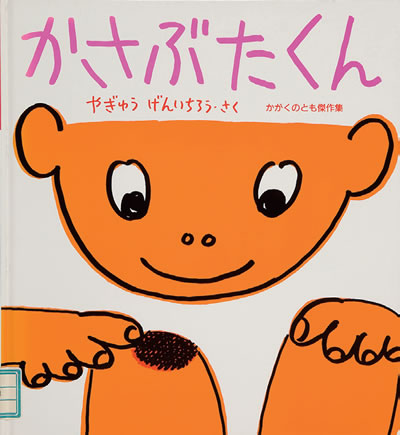
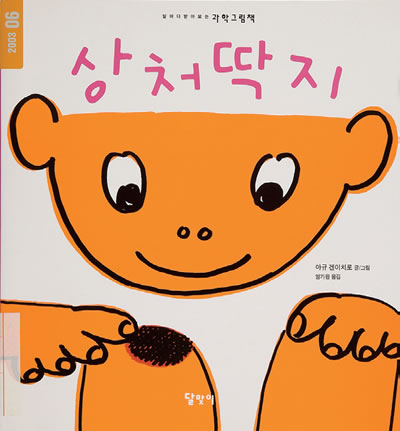
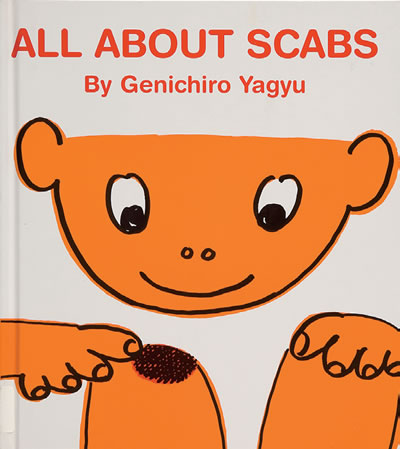
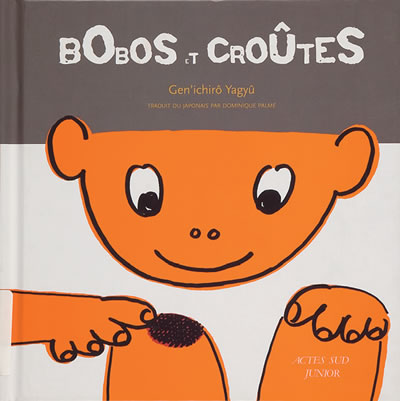
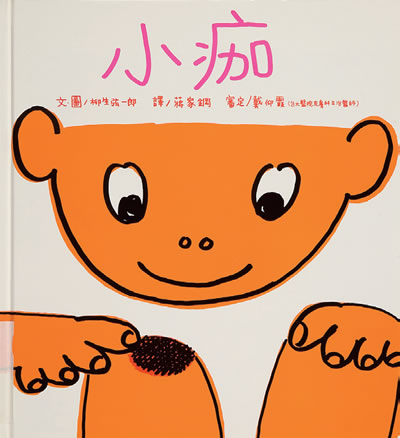
“Hajimete deau sugaku no ehon” has unique features depending on the country or region. Its Taiwanese version (No.84) is the same as the original in design, but it is accompanied by a supplementary booklet titled “Guide.” On the front cover of the Italian version of the book (No.85), there is a blackboard with different characters from the original Japanese meaning and character font. In the United States version (No.86), the picture on page 72 of the original Japanese work has been used for the front cover, and the surname of the author Mitsumasa Anno is included in the book title. In France, the book is available in two types. One is hardback, like the original edition, and the other is a paperback edition (No.87), which is published in parts so that readers buy them at more affordable prices. The Thai version (No.88) is also published in parts.
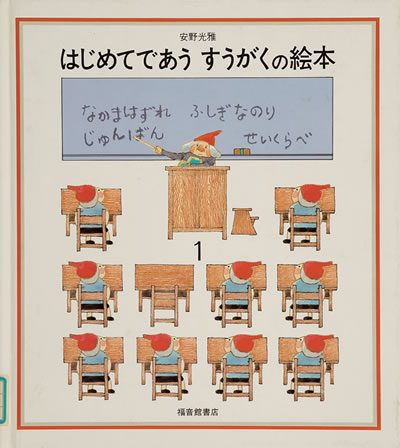
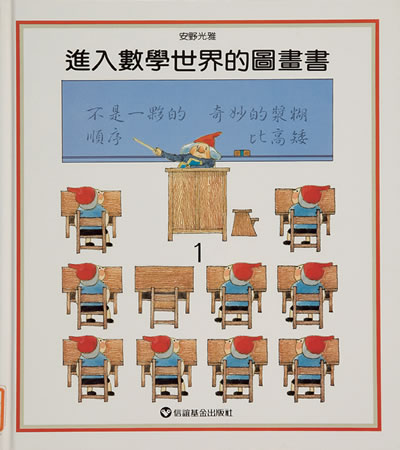
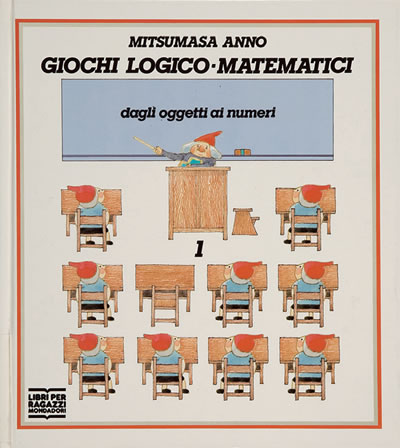
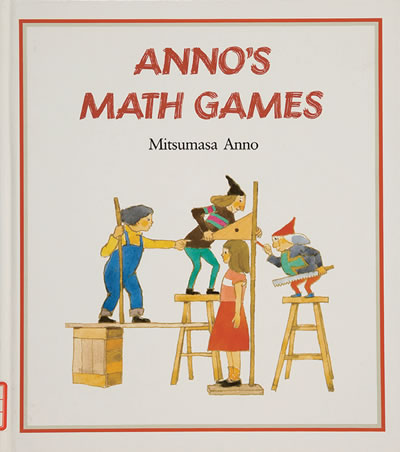
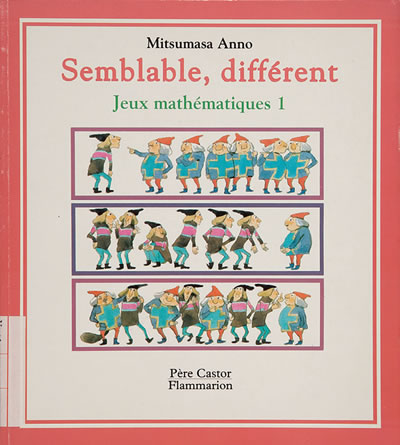
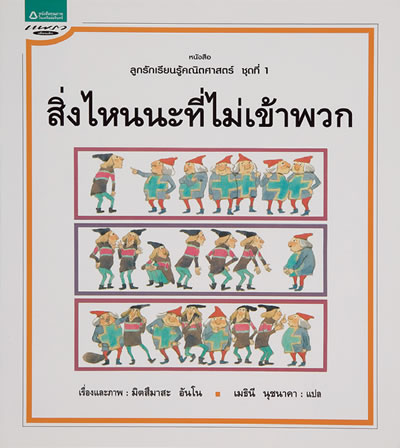
Social science
Relatively few of Japanese nonfiction works, other than those in the field of natural science, has been translated in foreign countries. When nonfiction works are translated into foreign languages, the target age group tends to be higher than that of the original edition because of differences in culture, history and social situations.
For example, “Sato no sekaishi, a book of the Iwanami Junior Paperbacks series originally published mainly for Japanese high school students, has been introduced as reading for adults in South Korea, China and Taiwan. In South Korea, the book was published in a large size, rather than in paperback, since local people do not have the habit of reading books while commuting on a train and paperback size books are not in great demand.
Moreover, translated versions tend to have different photos from the original Japanese editions. In some cases, the photos or pictures of Japanese children may be replaced by those of local children, and something unique to Japan may be changed to something more familiar to local readers. In the U.S. version (No.94) of “Sushi da, nigiri da, norimaki da! (No.93), the pictures of an Inari shrine and a fox have been replaced by those of children. In other pages, the photos of Japanese children and an ekiben (boxed meals sold at stations and on trains) were deleted from the translated version.
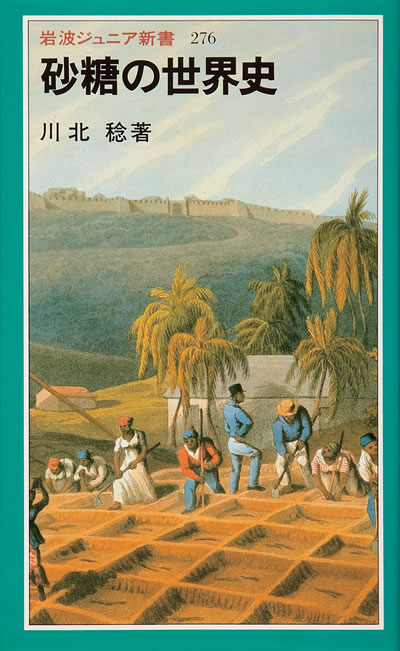



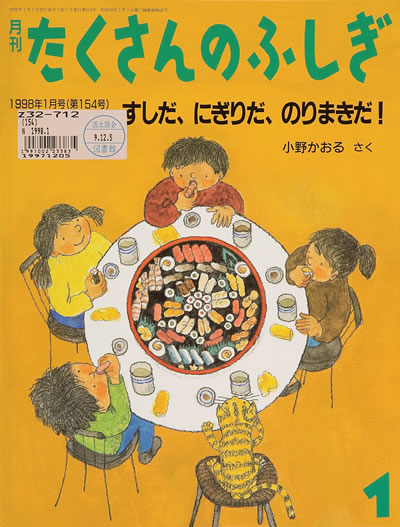
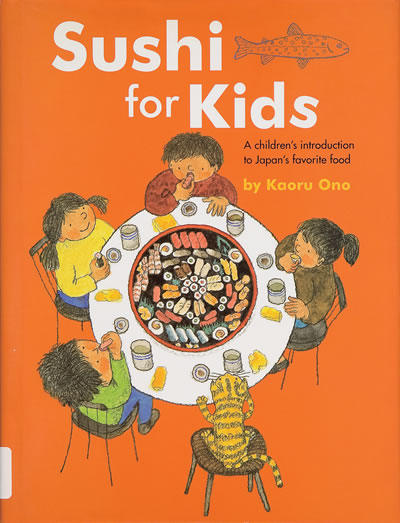
Learning materials featuring popular characters
When we talk about to what degree modern Japanese culture has been accepted in foreign countries, cartoons, animation and computer games comprise indispensable media. Here in this exhibition, we should regard them as different genres from children's books. Considering the fact that Japanese popular cartoon and animation characters often appear in children's books popular among children abroad, however, we would like to introduce you to some learning materials featuring popular characters. In some Asian countries that are highly interested in education and share similar feelings to Japan,Japanese learning materials featuring popular characters are often translated for publication. They are translated in different ways in different countries. For example, the Indonesian version (No.96) of “Doraemon no sekai chizu has the same content as the original Japanese work (No.95), but the Thai version has replaced the map of the Japanese archipelago with that of Thailand.
In the original “Waku waku shiiru gakushu series that features popular Pokemon characters, there are Vol. 1 “Pokemon aiueo: hiragana no yomikaki waaku bukku and Vol. 2 “Pokemon 1.2.3: kazu to suji no waak bukku (No.102). In the Hong Kong version, Vol. 1 has not been translated and Vol. 2 has been introduced as Vol. 1. (No.103).
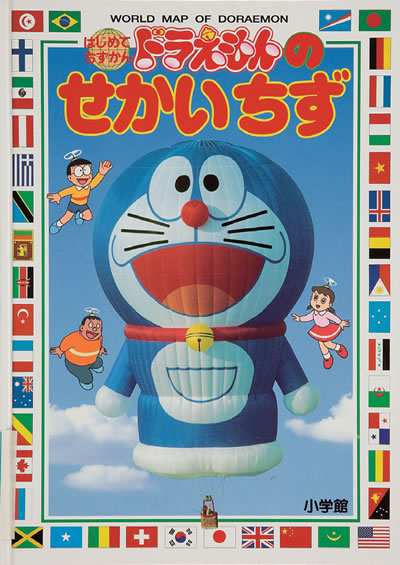


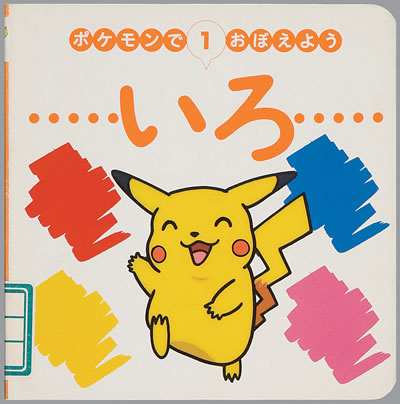

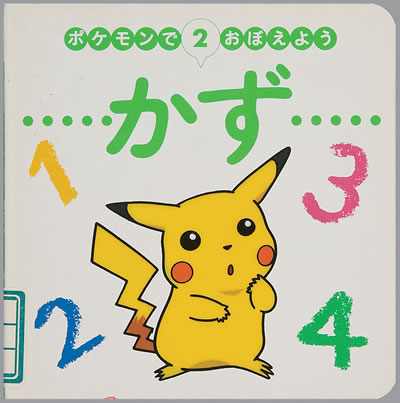

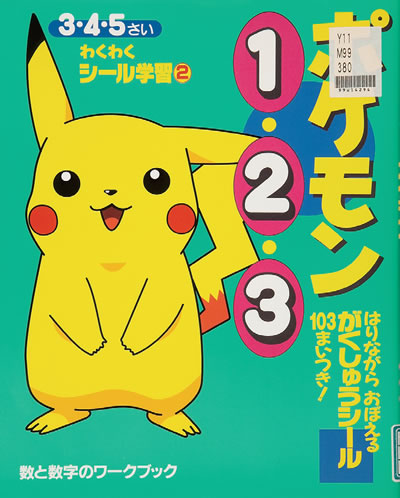

For copyright reasons, images of some books are not available in this electronic exhibition.
- TOP
- Part 1 Tower of Publication
- Nonfiction

